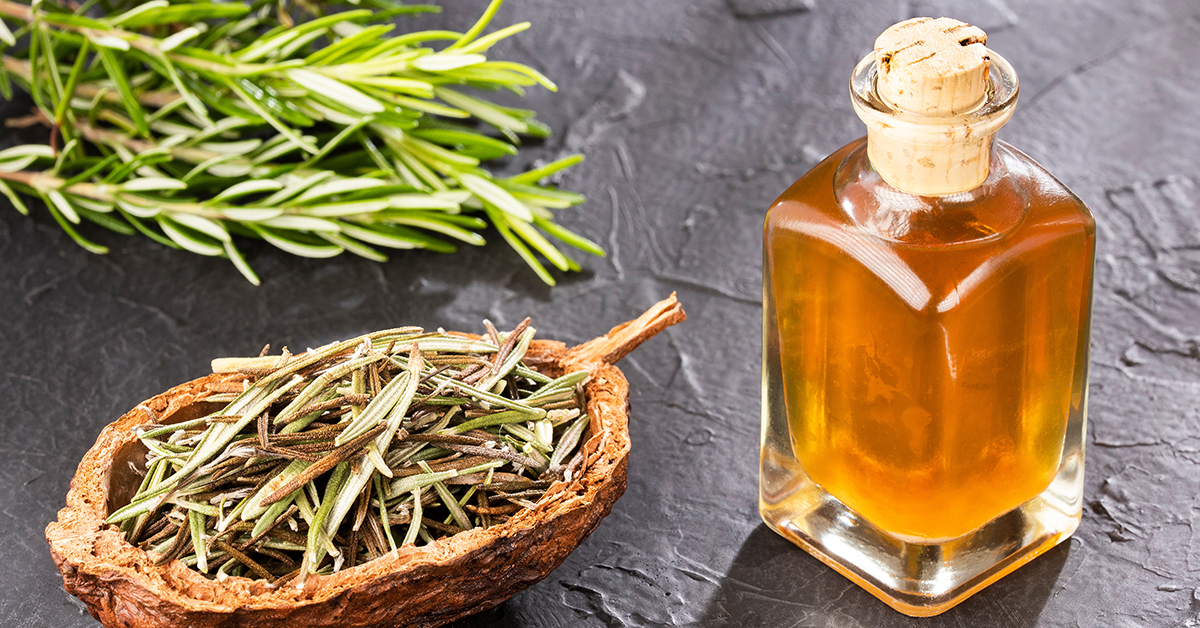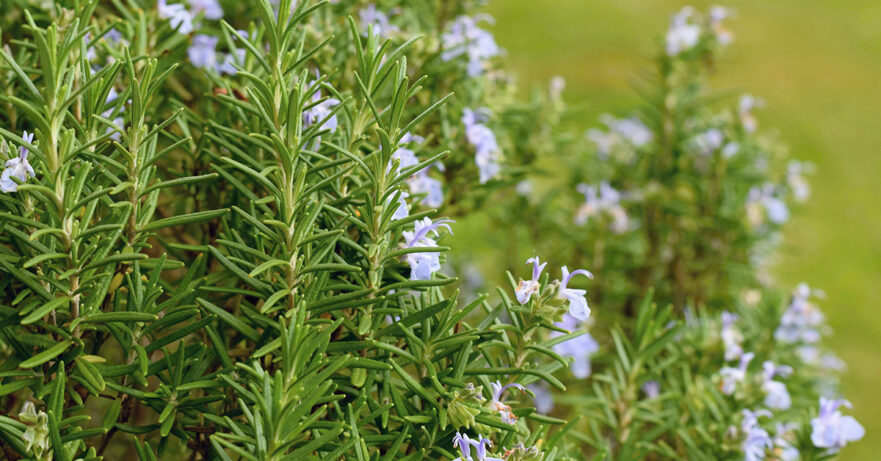In this monograph about rosemary:
📖 Introduction | 🌱 Botanical Description | 📜 Traditional Uses | 🔍 Phytochemistry | ✨ Applications and Uses | 🛡️ Safety Profile
📖 Introduction
Rosemary (Rosmarinus officinalis) is a perennial herb known for its fragrant, needle-like leaves and its role in both culinary and herbal medicine traditions. It has been celebrated for its digestive and circulatory benefits. Rosemary has been a staple in Mediterranean cultures for centuries, embodying a rich history of therapeutic use.
| English Name | Rosemary |
| Latin Name | Rosmarinus officinalis |
| Parts Used | Leaves |
| Traditional Uses | Cognitive support, hair growth stimulation, muscle pain relief |
| Herbal Actions | Antioxidant, anti-inflammatory, carminative, rubefacient |
🌱 Botanical Description
Scientific Classification
Rosmarinus officinalis is part of the Lamiaceae (mint) family.
Physical Characteristics
Rosemary is characterized by its woody stem, evergreen leaves that are dark green on top and white underneath, and its small, blue or lilac flowers.
Natural Habitat and Cultivation Details
Native to the Mediterranean region, rosemary thrives in well-drained, sandy soil and full sun. It is now widely cultivated in various parts of the world for culinary and medicinal purposes.
📜 Traditional Uses
Traditionally, rosemary has been used to enhance memory and concentration, stimulate hair growth, and relieve muscle pain and spasms. It has also been valued for its carminative properties, aiding digestion and improving circulation.

🔍 Phytochemistry (Active Constituents)
Rosemary’s medicinal properties are attributed to its rich content of:
- Rosmarinic acid: Known for its antioxidant and anti-inflammatory effects.
- Carnosic acid: Another potent antioxidant that may contribute to rosemary’s neuroprotective and circulatory benefits. However, the research is still ongoing.
- Essential oils (e.g., borneol, cineole, camphor): These compounds are responsible for rosemary’s distinctive aroma and are thought to have antimicrobial, anti-inflammatory, and analgesic properties.
✨ Applications and Uses
In herbal medicine, rosemary is utilized for:
- Cognitive support: Enhancing memory, concentration, and overall cognitive function.
- Digestive health: Used to relieve indigestion, gas, and bloating due to its carminative effects.
- Circulatory support: Improves circulation and reduces inflammation, which is beneficial for muscle pain and headaches.
The application of Rosmarinus officinalis in these areas is supported by its phytochemical makeup, especially rosmarinic and carnosic acids, which underscore its role as a natural remedy for cognitive, digestive, and circulatory health.
🛡️ Safety Profile
Rosemary is generally considered safe for most adults in culinary or therapeutic doses.
However, when taken internally, large quantities of rosemary oil can be toxic and should be avoided.
Pregnant and breastfeeding women are advised to use rosemary in moderation and avoid high doses due to insufficient research on its safety in these populations.
Individuals with epilepsy or those taking blood-thinning medications should consult a healthcare provider before using rosemary, especially in medicinal amounts.
As with all herbal treatments, consulting with a healthcare professional before starting any new remedy is advisable, particularly for individuals with pre-existing conditions or those taking other medications.
